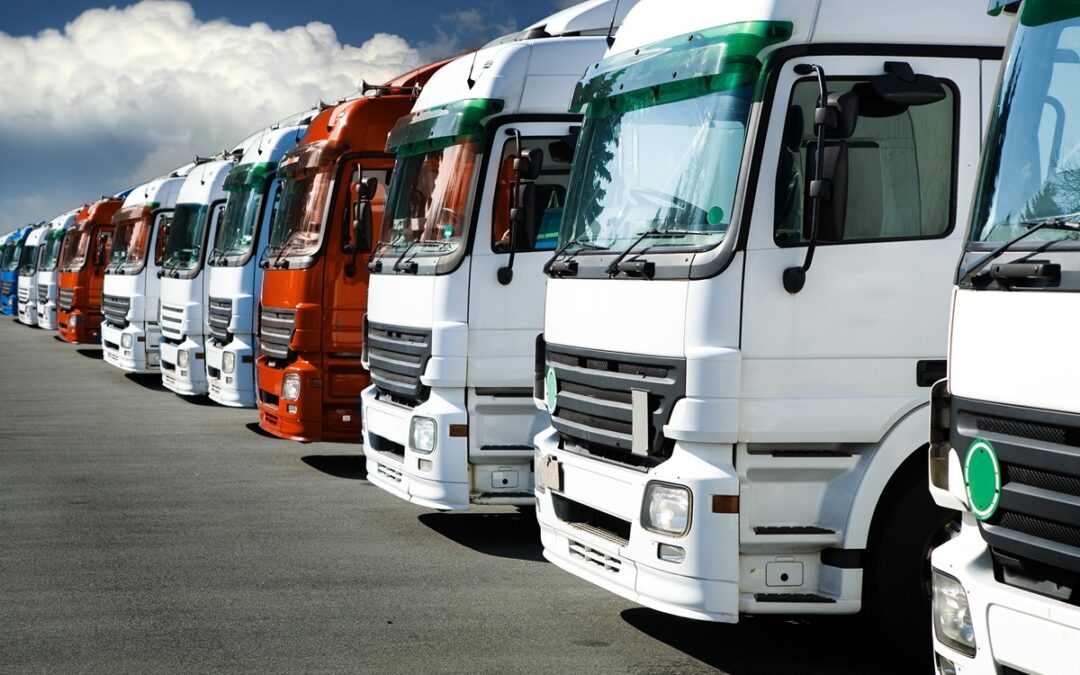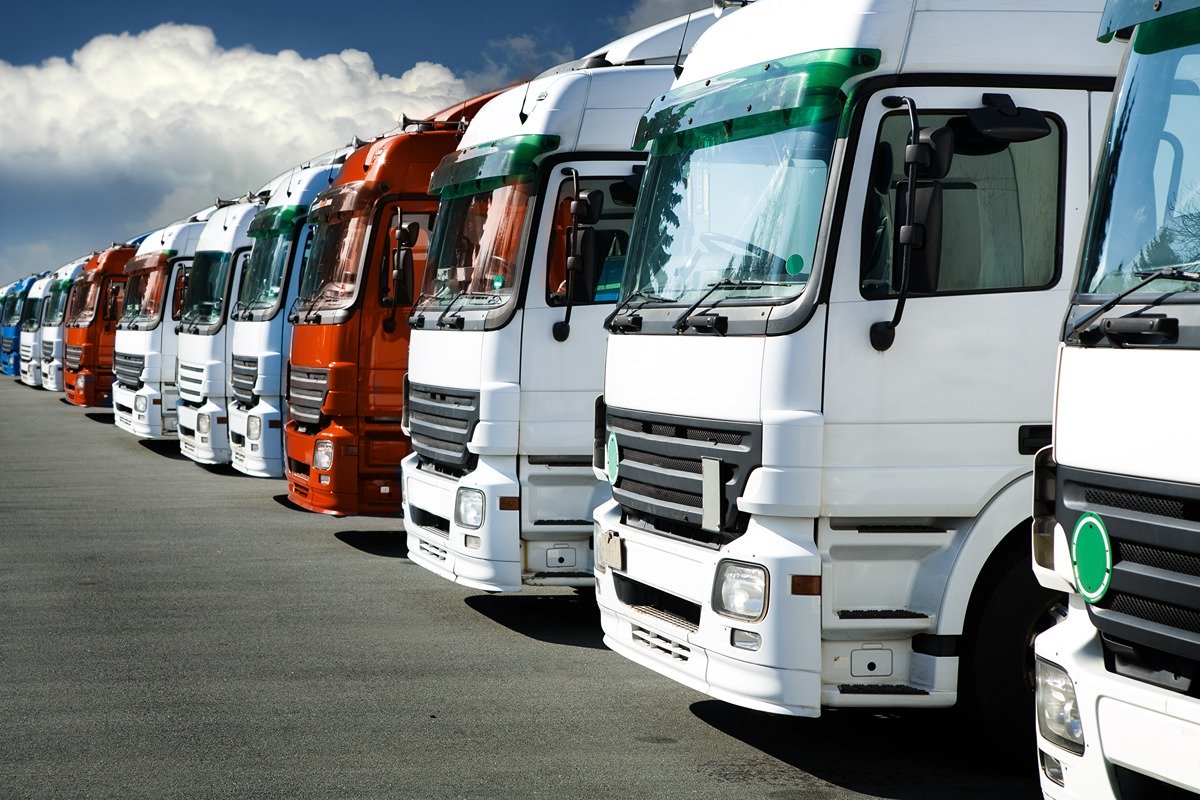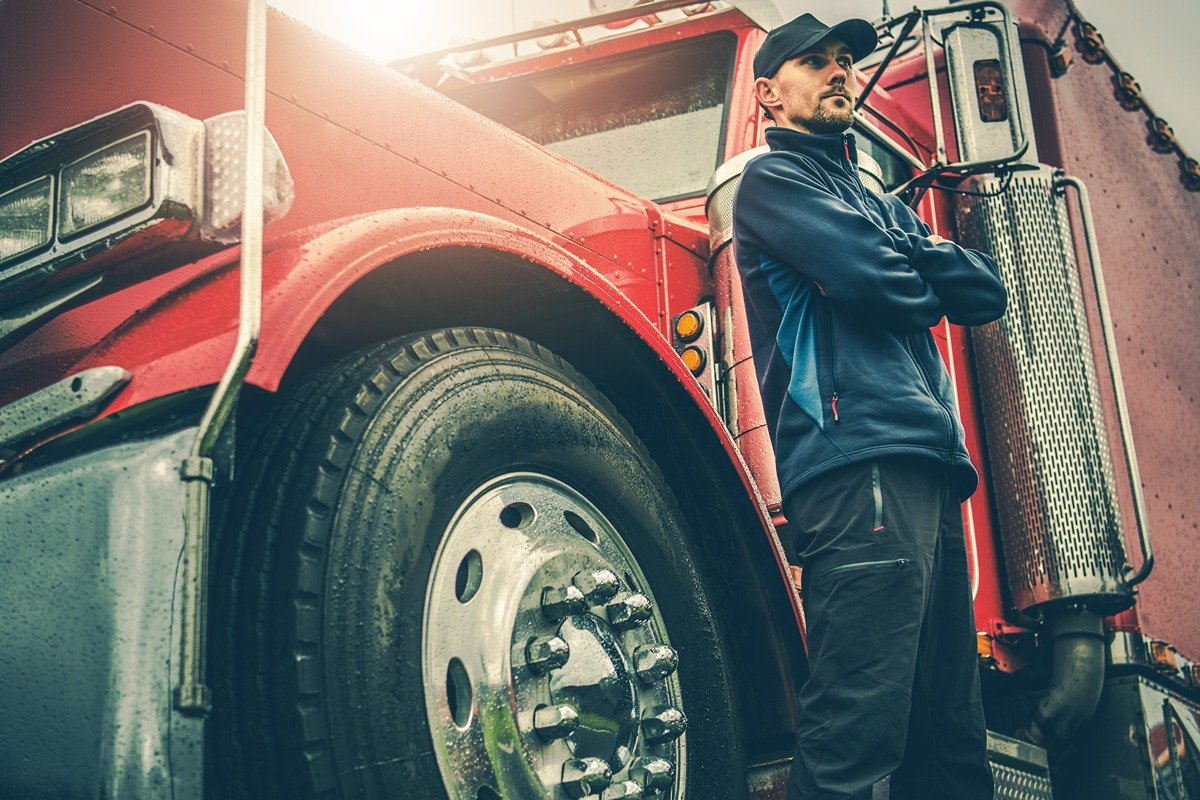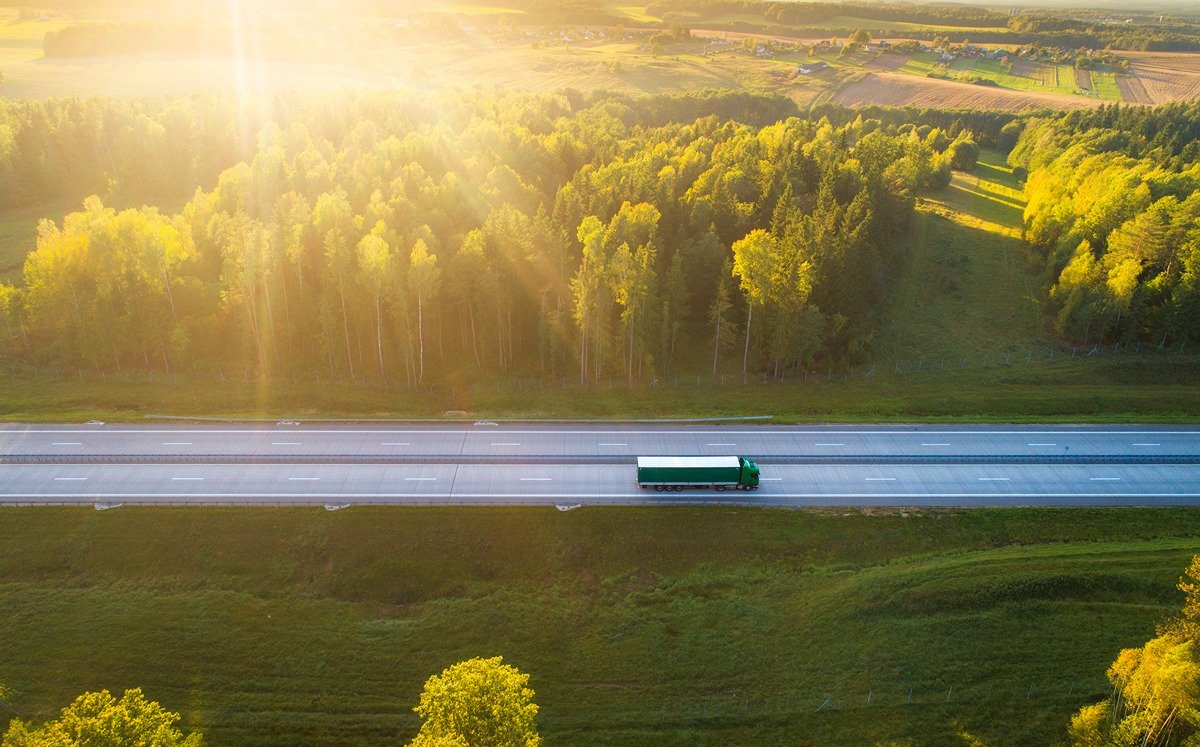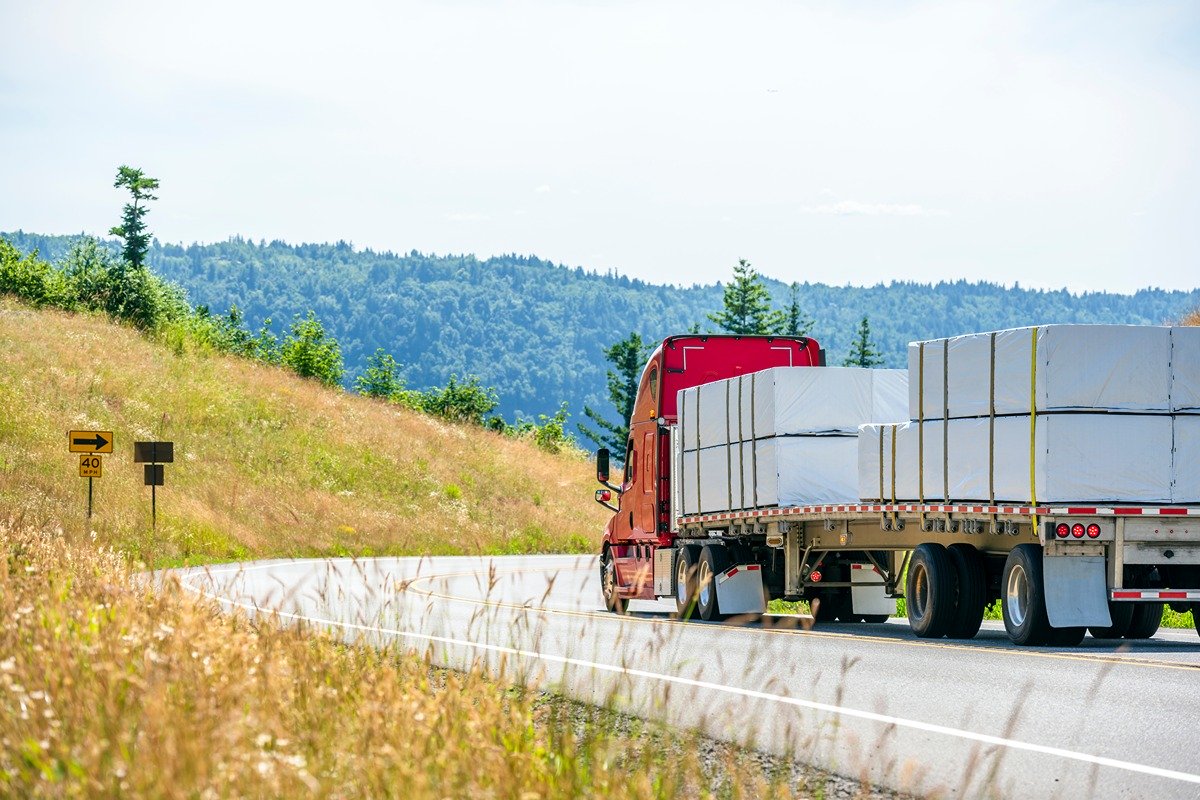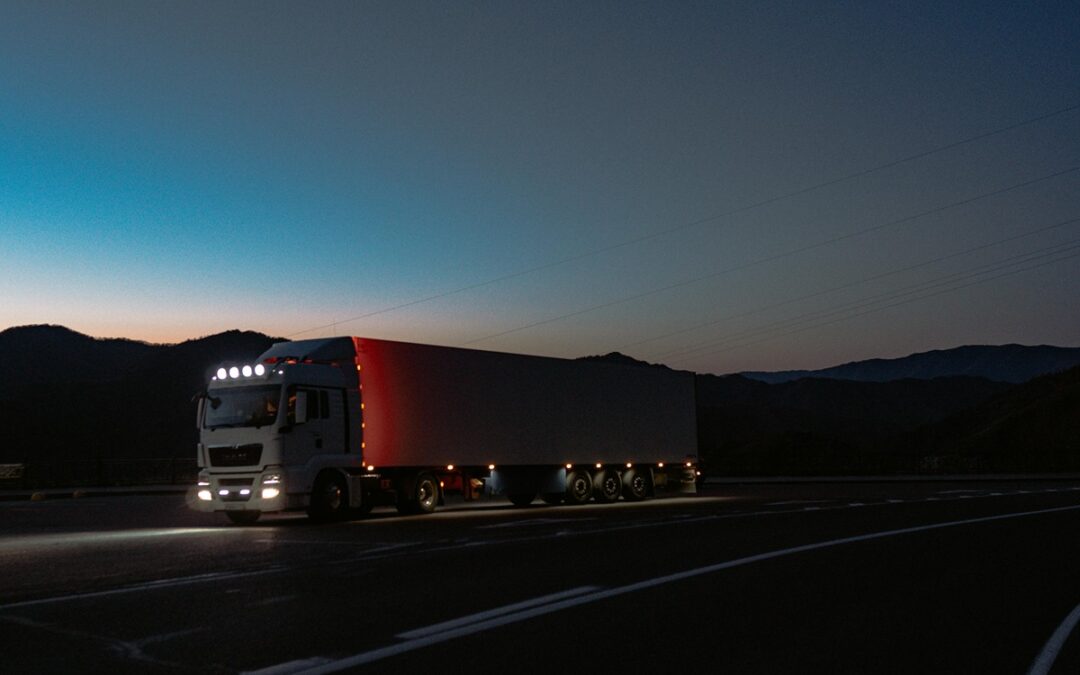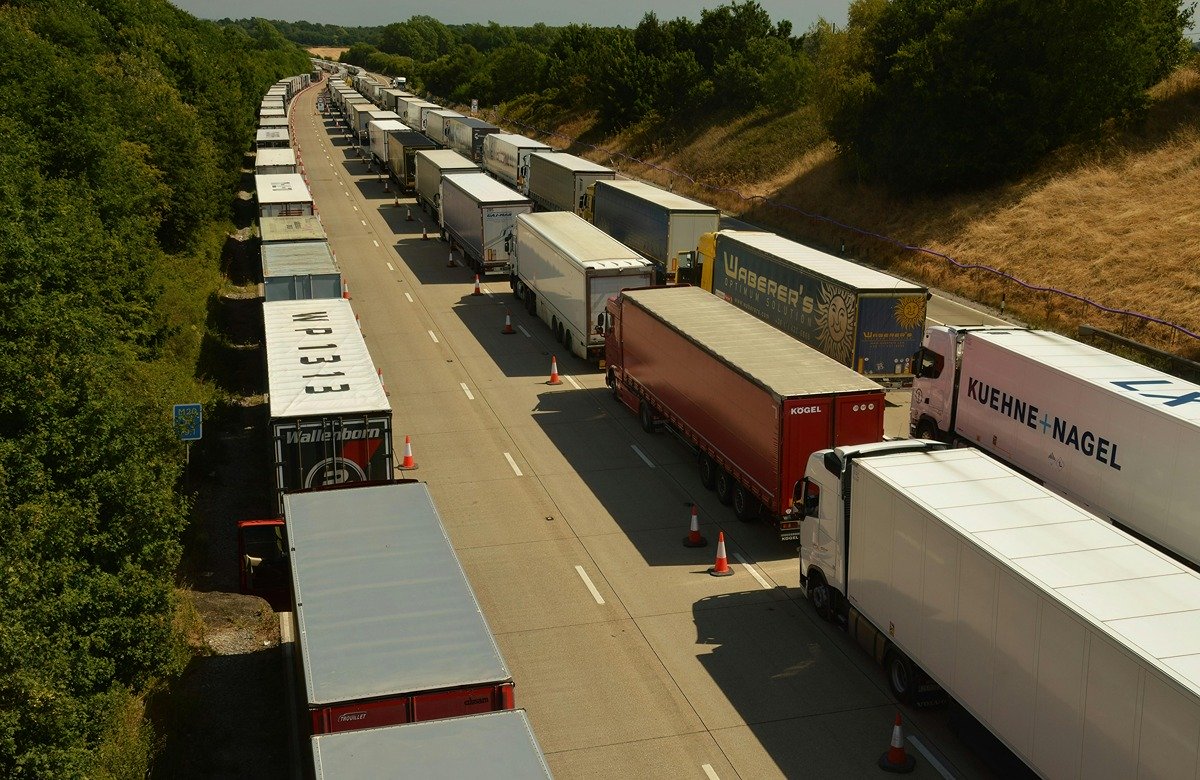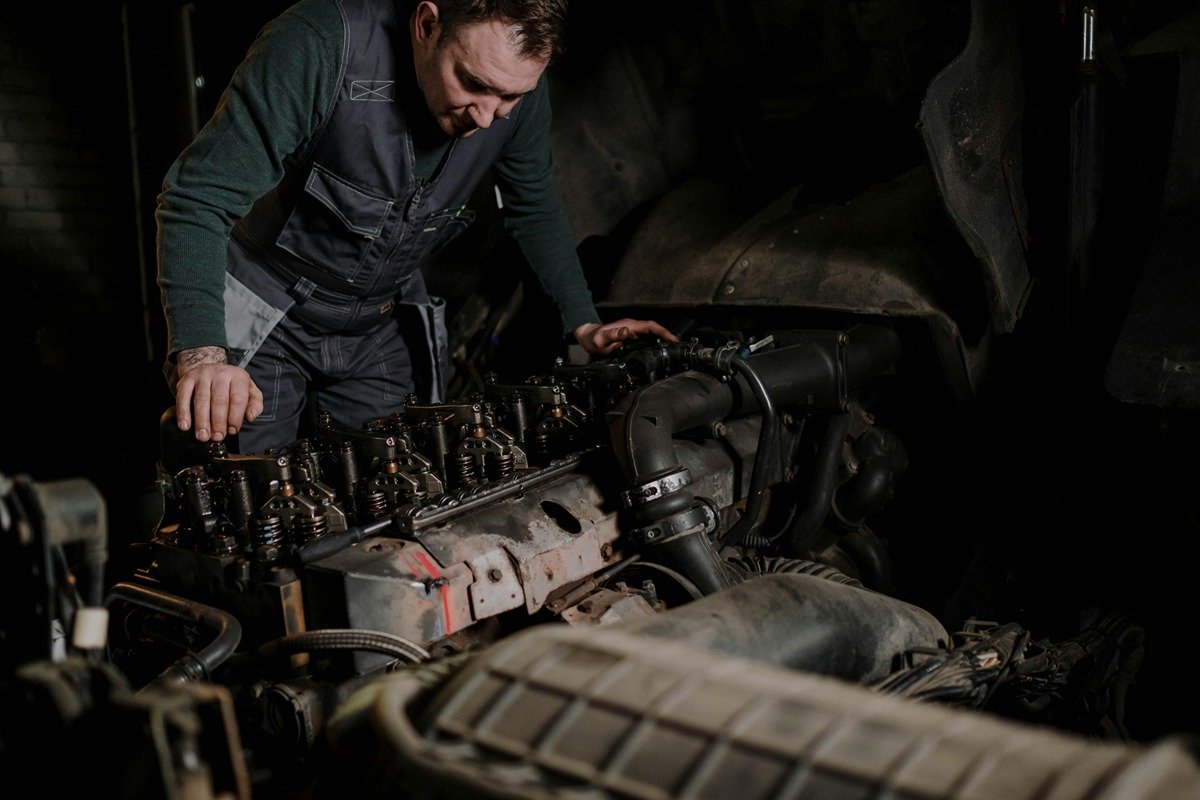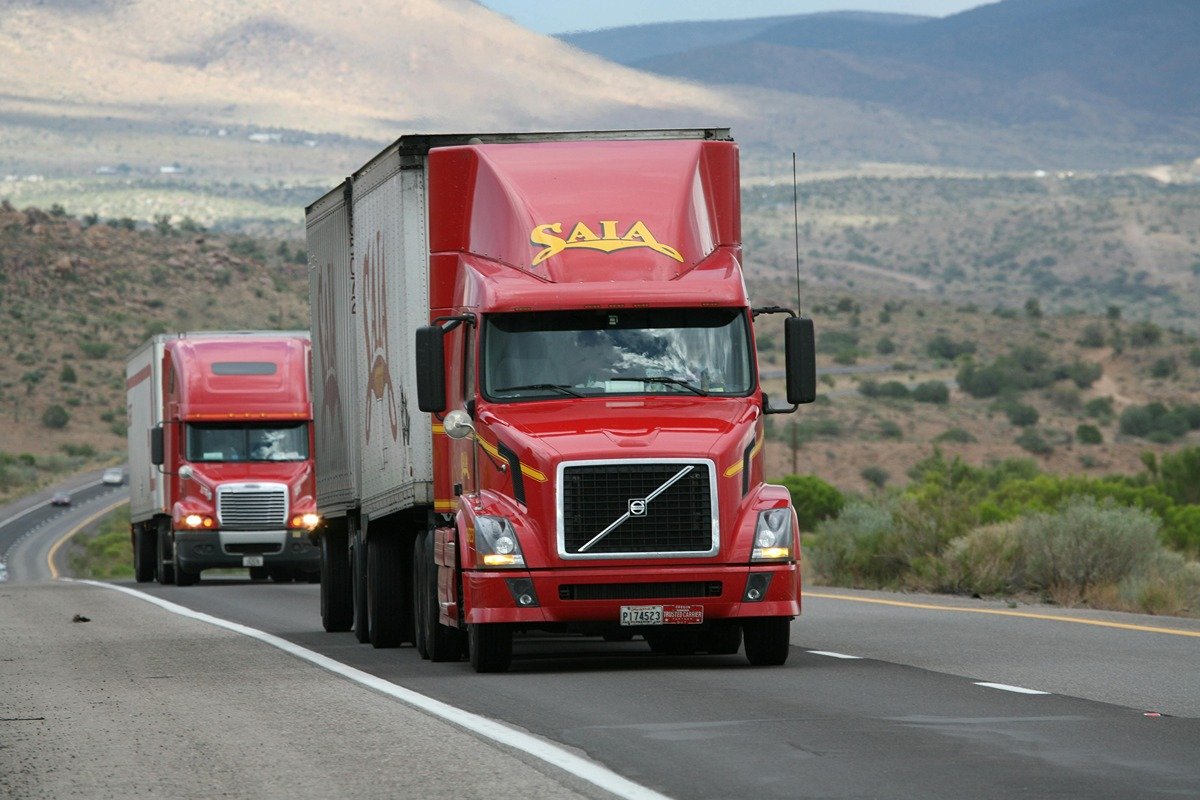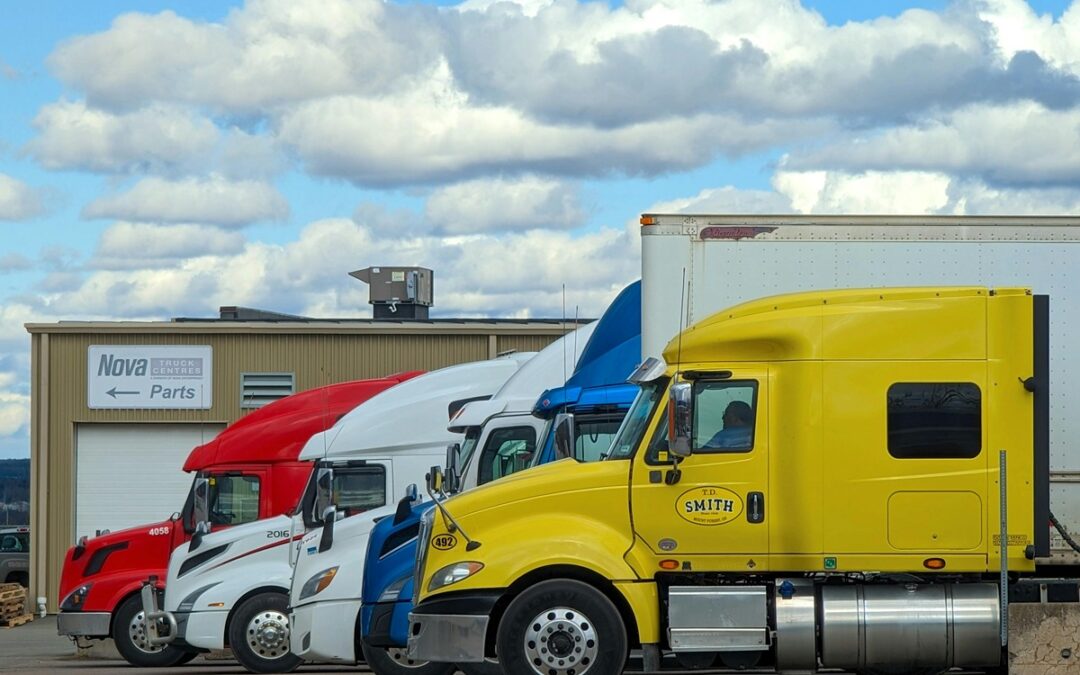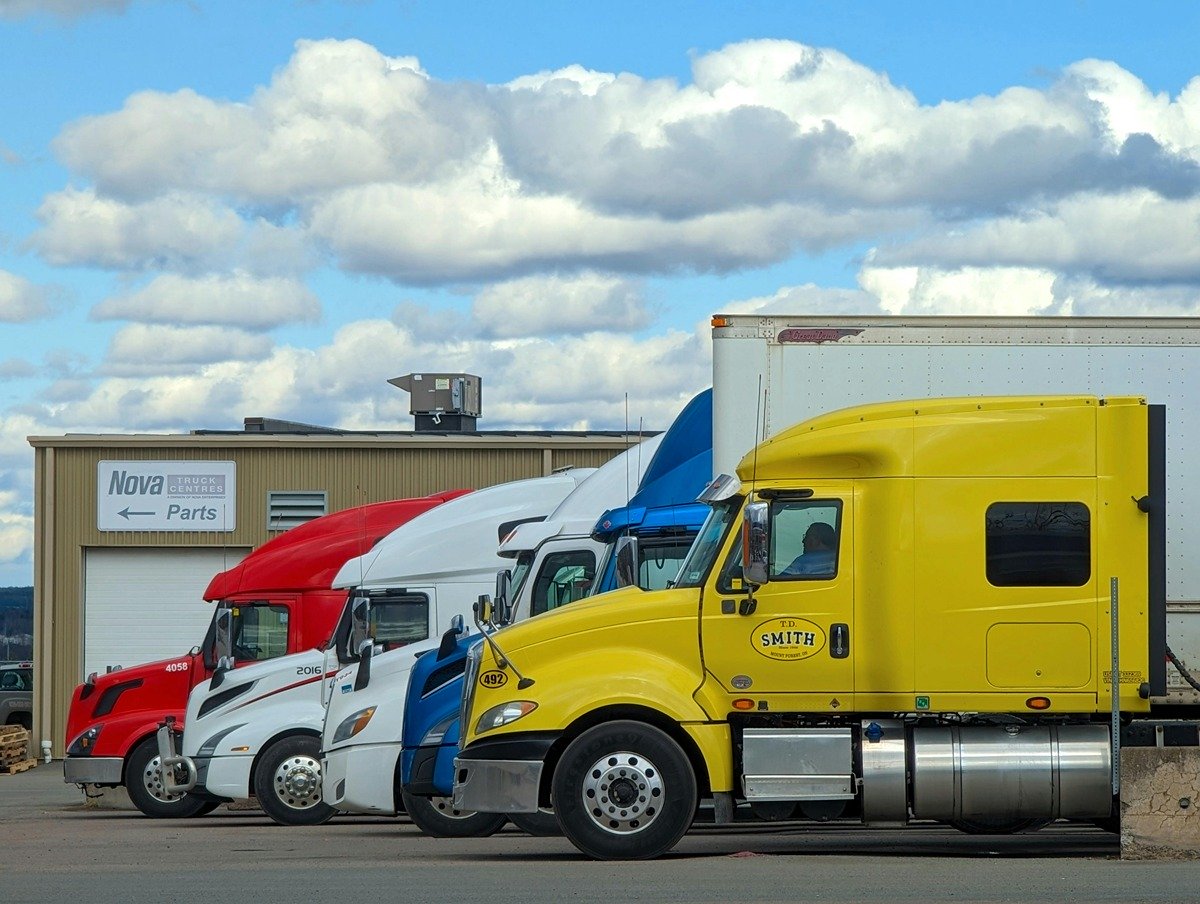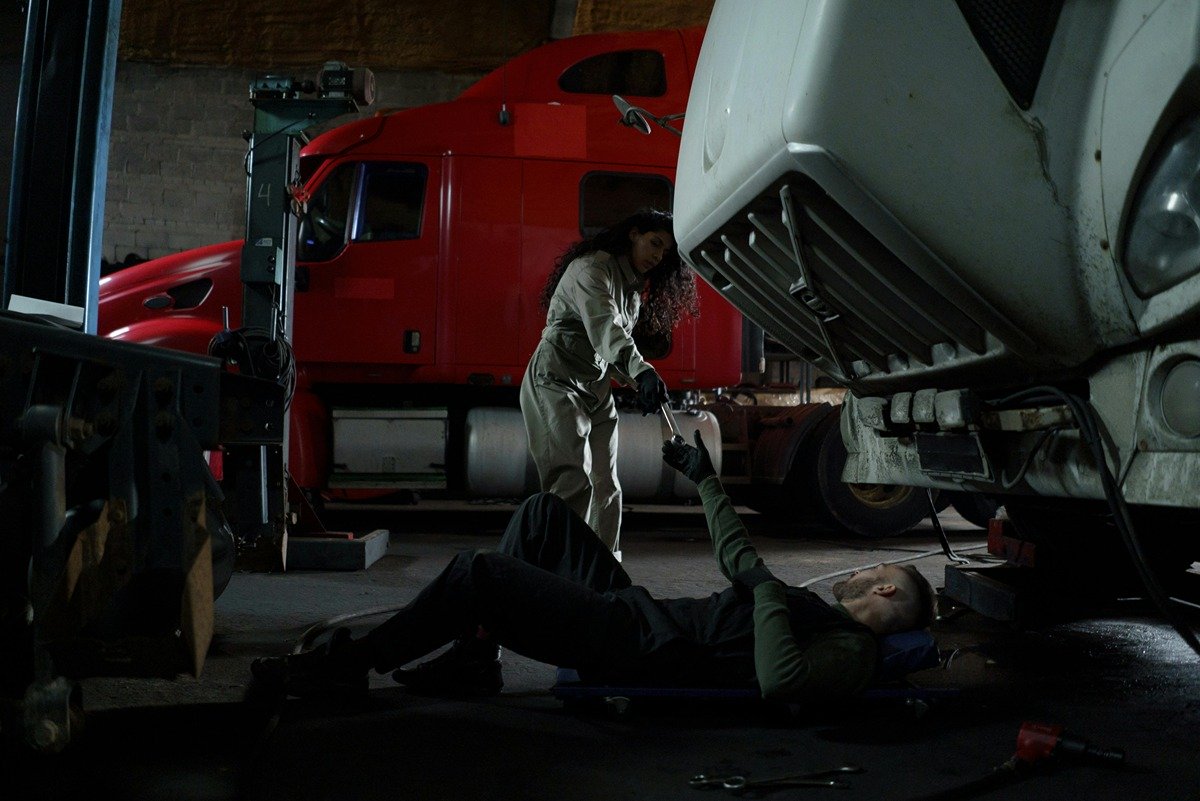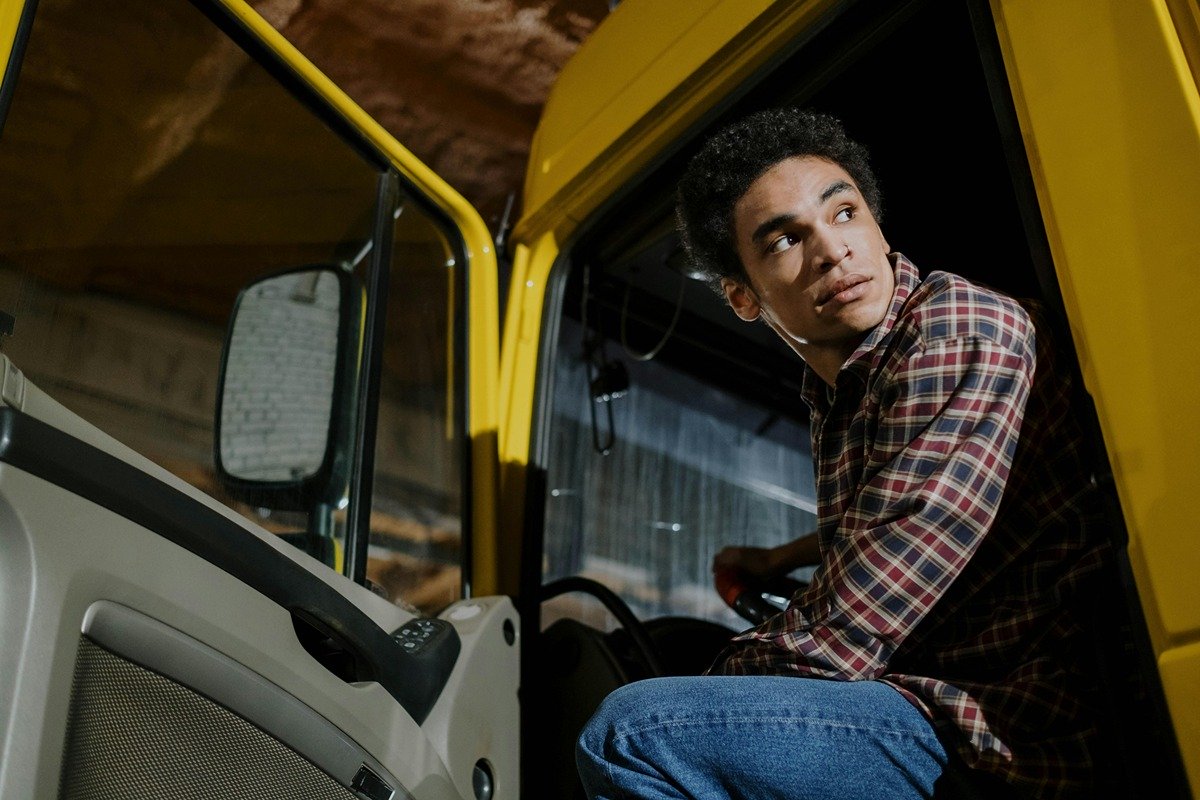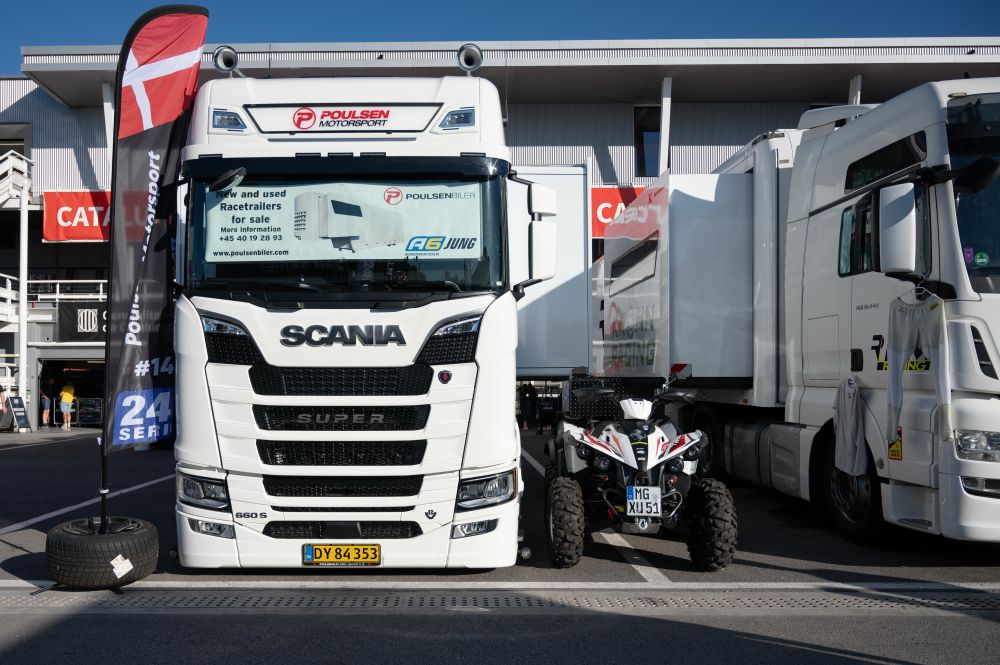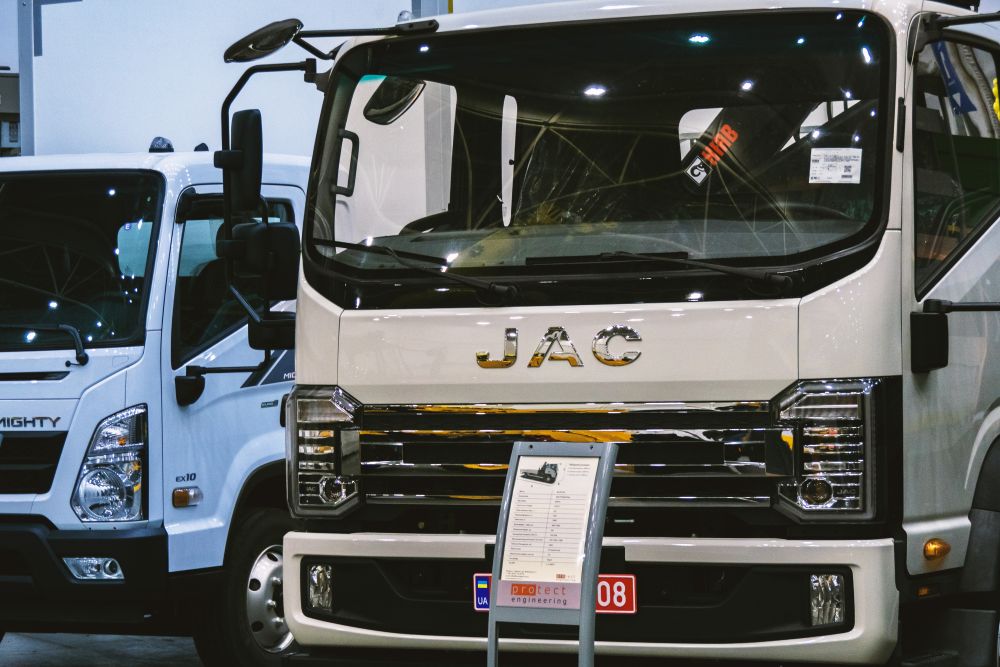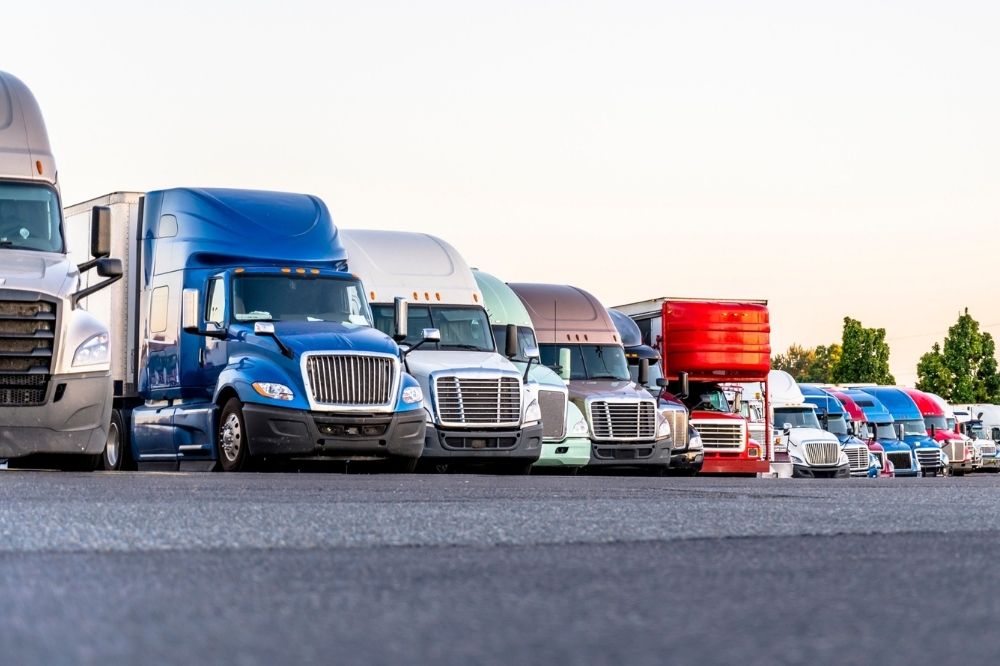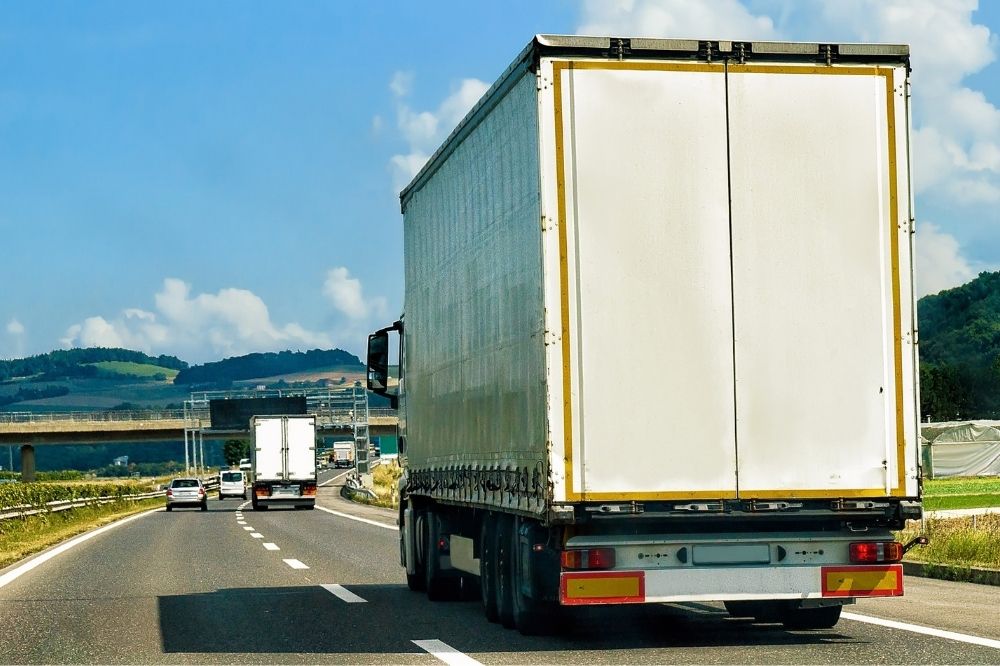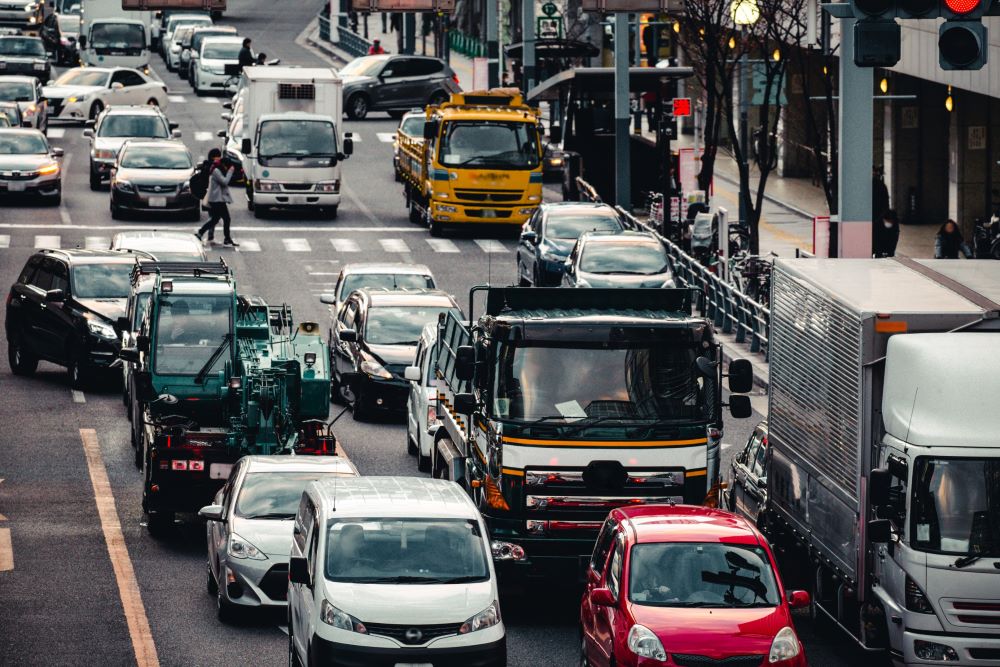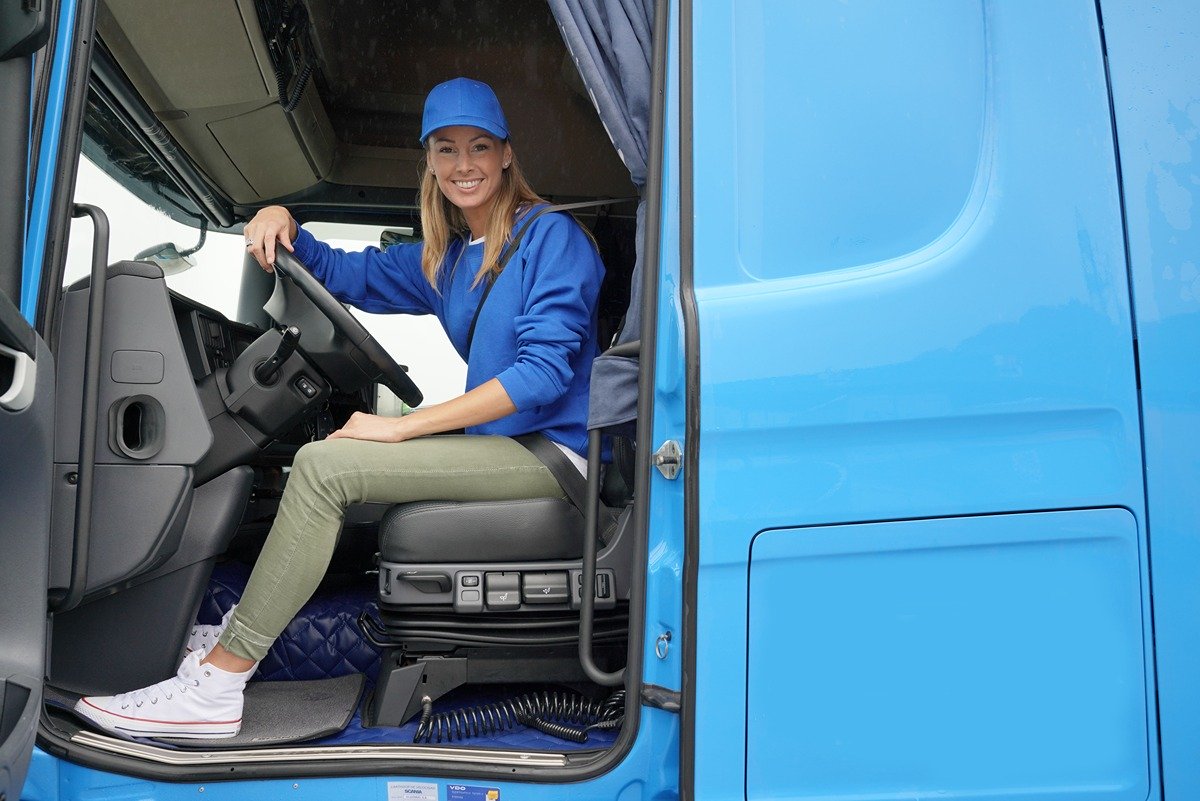
From delivering goods across the country to transporting heavy construction equipment, commercial trucks form the backbone of American commerce. But what exactly is a commercial truck, and how do you decide which type fits your business needs?
This guide explores the definition of commercial trucks, how they’re classified, and the different types by weight and use. You’ll also find useful buying strategies and tips for choosing trailers.
Exploring your options at a commercial truck dealership, considering new commercial trucks, or browsing used commercial trucks for sale? This guide will help you make informed decisions.
How Are Commercial Truck Classifications Determined?
The Federal Highway Administration (FHWA) and U.S. Department of Transportation (DOT) classify commercial trucks in North America by Gross Vehicle Weight Rating (GVWR). This is the maximum total weight of the vehicle, including its chassis, body, engine, fuel, passengers, and cargo.
Understanding GVWR helps businesses comply with safety regulations, licensing requirements, and insurance guidelines.
The FHWA divides trucks into three broader categories after classifying them into eight classes:
- Class 1–2: Light-duty (GVWR up to 10,000 lbs)
- Class 3–6: Medium-duty (GVWR 10,001–26,000 lbs)
- Class 7–8: Heavy-duty (GVWR over 26,001 lbs)
These classes reflect the trucks’ capacities, which roads they can operate on, what licenses drivers need, and how the vehicles are insured and taxed.
What Are the Different Types of Commercial Trucks?
Commercial trucks come in a wide variety of builds and applications, from box trucks used for deliveries to semi-truck tractor-trailers shipping cargo. The type you choose depends on your business function, cargo type, and travel needs.
Let’s take a closer look at these truck types divided by weight class.

Heavy-Duty Commercial Trucks – Class 7 and Class 8: GVWR 26,001–33,000 lbs+
These trucks are built with power, endurance, and long-distance hauling in mind. They’re common in the freight, logistics, and construction industries.
Common types:
- 18-Wheelers / Tractor-Trailers (Class 8): These trucks are designed for long-haul trucking and pull-enclosed trailers, flatbeds, tankers, or refrigerated units. Ideal for freight and logistics operations, they often require lots of maintenance.
- Cement Mixers (Class 8): Cement mixer trucks carry wet concrete to construction sites.
- Dump Trucks (Class 8): Dump trucks are used for moving large volumes of gravel, sand, or demolition debris.
- Refuse Trucks (Class 7 or 8): Waste management fleets rely on heavy-duty refuse trucks to collect and haul trash.
- Tow Trucks (Heavy-Duty): What happens when a heavy-duty vehicle breaks down? You call for a heavy-duty tow truck, of course. Manufacturers specially design these vehicles to tow buses and other trucks.
Drivers of heavy-duty trucks like these require a Commercial Driver’s License (CDL).
Medium-Duty Commercial Trucks – Class 3 to Class 6: GVWR 10,001–26,000 lbs
Medium-duty trucks offer versatility for regional deliveries, service calls, and vocational uses like towing or utility work.
Common types:
- Box Trucks / Straight Trucks (Class 4–6): These are popular among delivery companies and removal businesses. They have an enclosed cargo area attached to the cab rather than a separate trailer.
- Flatbed Trucks (Class 5–6): Flatbed trucks are used to carry oversized or irregularly shaped loads. These commercial vehicles are ideal for the construction and lumber industries.
- Utility Trucks / Bucket Trucks (Class 5): Utility trucks have an extendable boom for elevated work. They are common among electrical, telecom, and public works departments.
- Refrigerated Trucks (Class 5–6): Refrigerated trucks are crucial for the food and medical transport industries. They maintain cold temperatures essential for perishable products.
These trucks don’t always require a CDL, depending on the GVWR and state laws, making them accessible for small to mid-sized businesses.
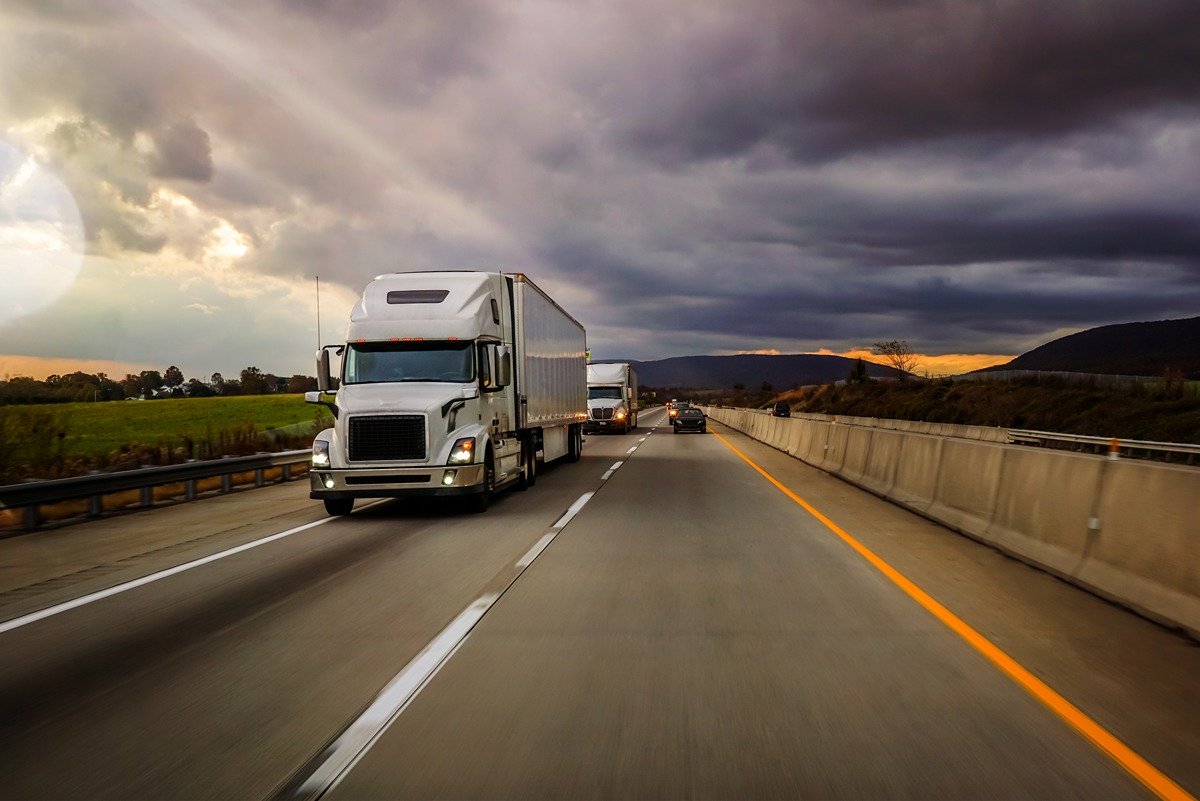
Light-Duty Commercial Trucks – Class 1 to Class 2: GVWR Less Than 10,000 lbs
Light-duty commercial trucks are perfect for small business owners, tradespeople, and delivery services within cities or suburban areas.
Common types:
- Pickup Trucks (Class 1–2): Widely used in construction, landscaping, and agriculture. They’re versatile, fuel-efficient, and come in many configurations.
- Cargo Vans (Class 1–2): Ideal for last-mile delivery, plumbing, HVAC, or repair businesses. Offers secure storage and easy urban maneuverability.
- Passenger Vans (Commercial Use): Used by shuttle services, hotels, and churches for transporting multiple passengers.
Many new trucks in this class are available through retail dealerships and often qualify for business tax deductions.
How to Choose the Right Trailer for Your Commercial Vehicle Business
A commercial truck’s job isn’t complete without the right trailer. Trailers expand hauling capabilities and enable businesses to customize their operations.
Popular trailers:
- Dry Van Trailers: Fully enclosed for general inventory and dry goods.
- Flatbed Trailers: Open design for oversized or heavy materials like steel beams or lumber.
- Refrigerated Trailers (Reefers): Temperature-controlled trailers used by food distributors and pharmaceutical companies.
- Tanker Trailers: Used to transport liquids, chemicals, or gases.
- Dump Trailers: Construction, agriculture, and landscaping professionals use hydraulic lift trailers for various tasks.
Consider these factors:
- Cargo type: Is it perishable, hazardous, or fragile?
- Load size and weight: Match trailer specs with your commercial truck’s towing capacity.
- Operational terrain: Will you operate on highways, rural roads, or off-road environments? Optional equipment may be necessary for off-road use.
- Regulatory compliance: Ask the sales team about DOT and state regulations for your cargo and vehicle class.
Working with a reputable commercial truck dealership helps you get the right trailer-to-truck match and ensures compliance with all legal requirements.

How Construction Crews Buy Work Trucks vs. Utility Companies
Fleet managers from both sectors often attend commercial truck sales events to find bulk discounts or demo models with low mileage. However, construction crews and utility companies prioritize different features and specs.
Construction Crews
Construction businesses need trucks that handle tough environments, haul heavy tools, and carry building materials. These trucks must be rugged, powerful, and often 4×4 capable.
Common construction trucks:
- Heavy-duty pickup trucks with toolboxes and towing hitches
- Dump trucks for debris and raw material transport
- Flatbed trucks for moving pallets and lumber
- Crane trucks for lifting equipment on-site
Best buying strategies:
- Choose durability over luxury.
- Buy based on payload capacity and off-road performance.
Utility Companies
Utility companies focus on efficiency, safety, and access. They equip their trucks for specialized tasks like line maintenance, underground inspections, and storm response.
Typical utility trucks include:
- Bucket trucks for aerial work
- Service trucks with onboard tool storage and generators
- Cable spool trucks for telecom work
Best buying strategies:
- Look for trucks with high uptime and easy maintenance.
- Invest in vehicles with telematics and GPS for fleet tracking.
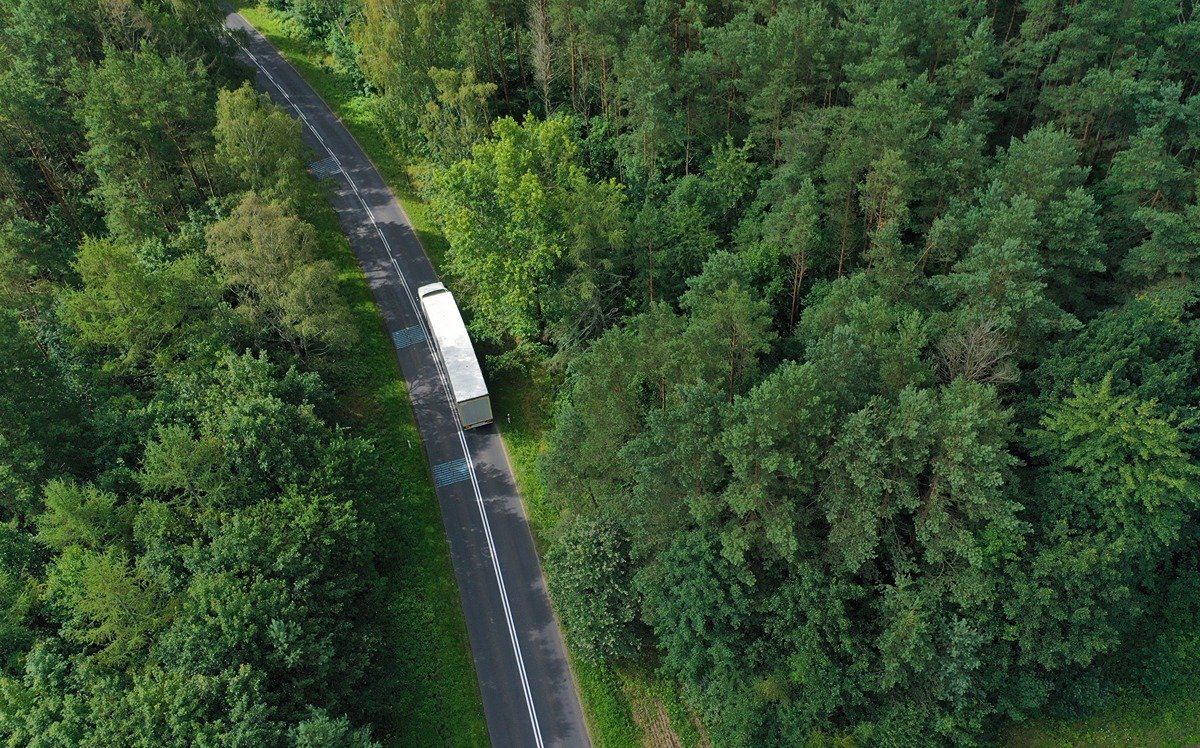
Finding the Work Truck That’s Right for Your Business
The right work truck boosts productivity, supports your team, and improves customer satisfaction. Whether you’re expanding a fleet or buying your first work vehicle, there’s a truck that fits your business.
Here are a few tips for making a smart investment:
- Consider what your truckers are hauling, how far, and how often. Consider the terrain and weather conditions along your routes. The latest technology will give your drivers the confidence they need.
- In your search for the perfect truck, match the vehicle to the job. Don’t overspend on a heavy-duty Freightliner-type model if a light-duty vehicle meets your needs.
- Factor in the total cost of ownership, not just the initial price. Include fuel costs, maintenance, insurance, and depreciation.
- Explore available financing options for the best deals. Many commercial truck dealerships offer flexible financing, leasing, and warranty packages.
- Don’t get hung up on brands like Ford, Mack, RAM, Peterbilt, or Isuzu and then forget about scalability. If your business grows, will the truck live up to dealer promises and still meet your needs?
- Before you buy, review the truck’s history and maintenance records and have a mechanic inspect it if it’s a used vehicle.
Conclusion
A commercial truck is an essential business asset. From light-duty delivery vans to heavy-duty haulers for construction materials, these vehicles support industries across America.
Understanding truck classifications will help you find the ideal vehicle for your needs when you’re looking to buy a truck. And Mission Financial Services will help you get the funds you need to get those trucks.
We offer owner-operators and fleet services the commercial truck financing they need, even with limited or bad credit. Contact us today and get the funding you need for your next commercial truck purchase.


